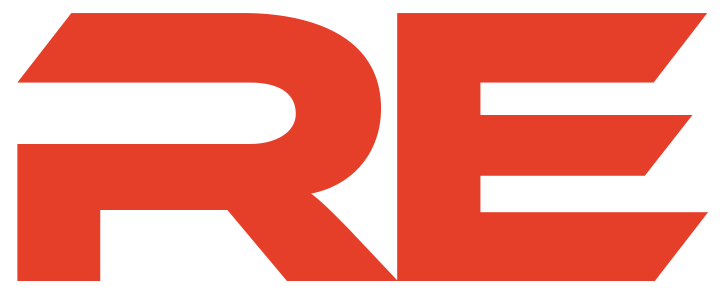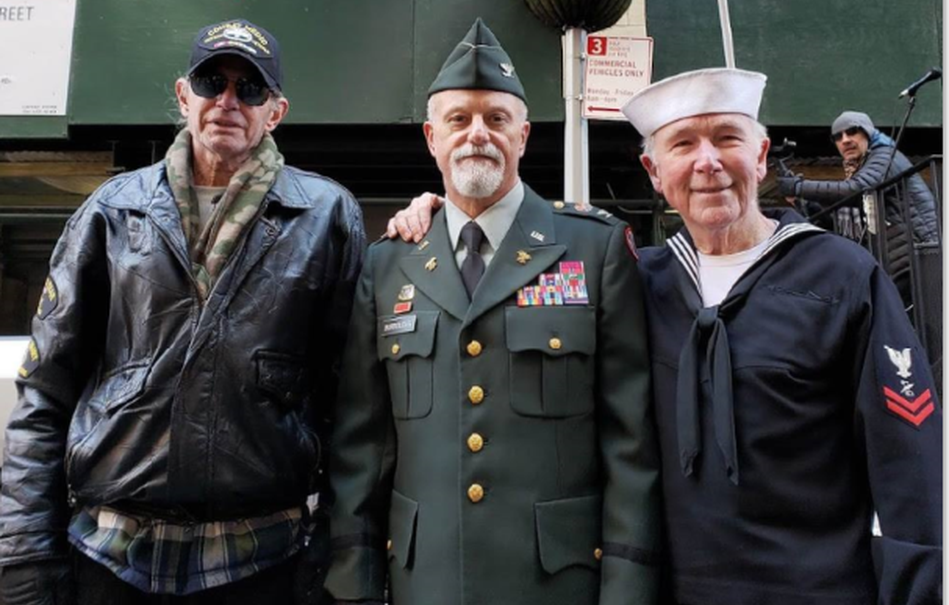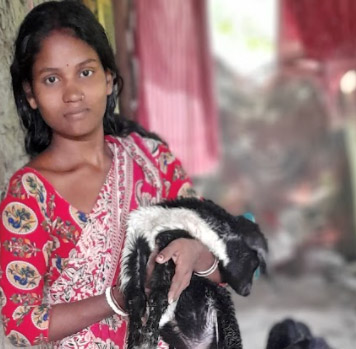A Call to Action #EndVetMedDebt
This is what needs to be done if you want to bring about medical debt justice for our veterans. Now, THAT would be the best way to bring in – and end – 2022. You (yes, you) can help bring that about. We at Let’s Rethink This (LRT) are honored that Physician Outlook is making available its platform – and its audience – to learn more about America’s shame in allowing hundreds of thousands of active duty and veteran users of the VA system to be both financially and emotionally crippled and what to do about it.
And what better, singular group could better relate to the need for this broken system to be rethought than physicians, nurses, and concerned members of the healthcare community? Whether you have a role in the VA delivery system or a civilian serving veterans at a public hospital, you are unwitting (unaware?) accomplices in bringing about the $6 billion in unpaid medical bills that the VA has refused to pay…or forgive…up to this point.
Sorry, kid. You fixed ‘em. The VA broke ‘em. Who is responsible for the “do no harm” part?
By the numbers
Currently, there are fewer than 4,500 active-duty physicians tasked with overseeing the healthcare needs of America’s 1.4 million active-duty, 330,000 members in the reserves, and/or retired, along with a veteran population of approximately 18 million. This takes place at 1,293 healthcare facilities, including 171 VA Medical Centers and 1,112 outpatient sites. The annual budget is $50 billion.
According to USA Today, of those 18 million veterans, more than 5 million veterans have at least one disability, 1.2 million live in poverty, and 77% of veterans aged 18 to 64 are employed or looking for work. At the end of 2018, an estimated 37,878 veterans were homeless.
How can any of this be?
Military veterans, contrary to popular misconception, do not get free healthcare from the Dept. of Veterans Affairs. If a health issue isn’t related to military service or is not the result of their being more than 50 percent disabled – the vet can be held responsible for co-pays.
If the veteran has the misfortune of requiring the services of a civilian hospital emergency ward for a non-service-related injury or illness, they are also on the hook as they might need to meet a deductible or pay co-insurance – or did not get a pre-authorization to get service in a non-VA setting. If as a civilian, you feel you are dealing with uncaring insurers – try jumping through military hoops!
For example, in 2019, a federal appeals court in Virginia ruled that the VA would be required to reimburse veterans for $6.5 billion in unpaid emergency medical bills. Good luck on that happening anytime soon. If ever.
What to do?
Lots, starting now. This is just the first shot across your consciousness prow. Visit Let’s Rethink This where in February we will have a revamped Our Newspaper to head to for the latest news, articles, and interviews. Want a free copy of my chapter titled “No Thank You for Your Service” in the recently released End Medical Debt: COVID Recovery Edition to deep dive into the problem? Write me personally: This email address is being protected from spambots. You need JavaScript enabled to view it.







